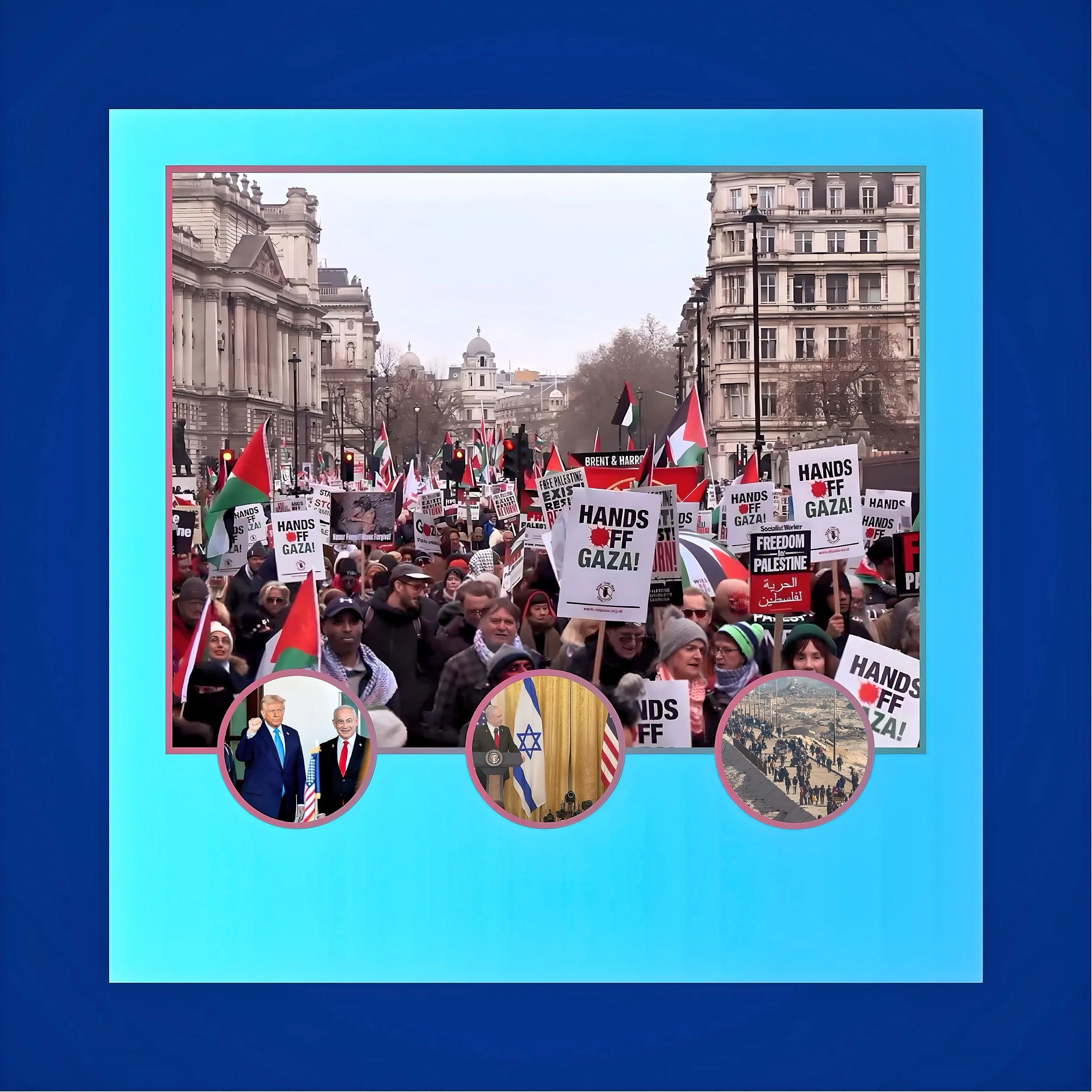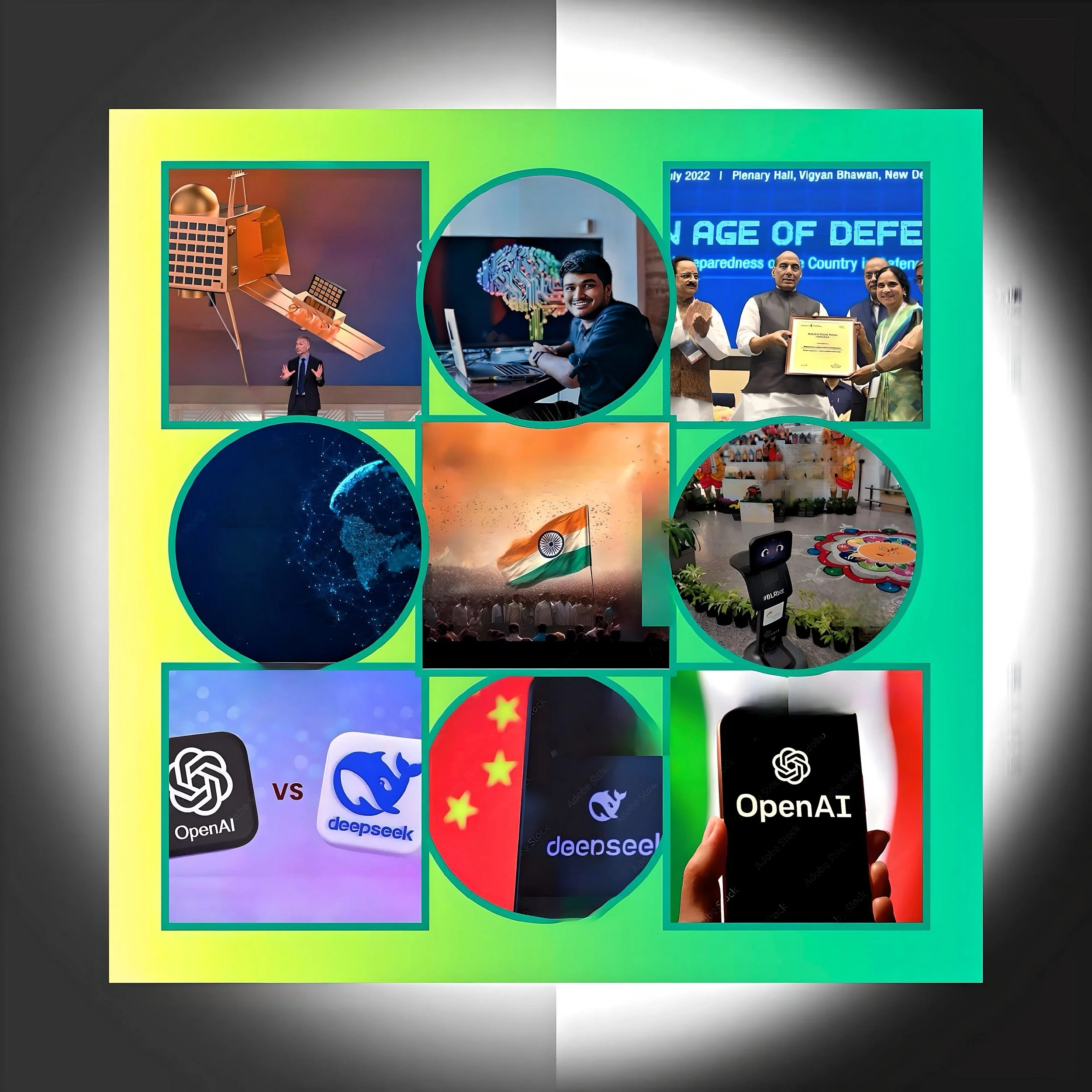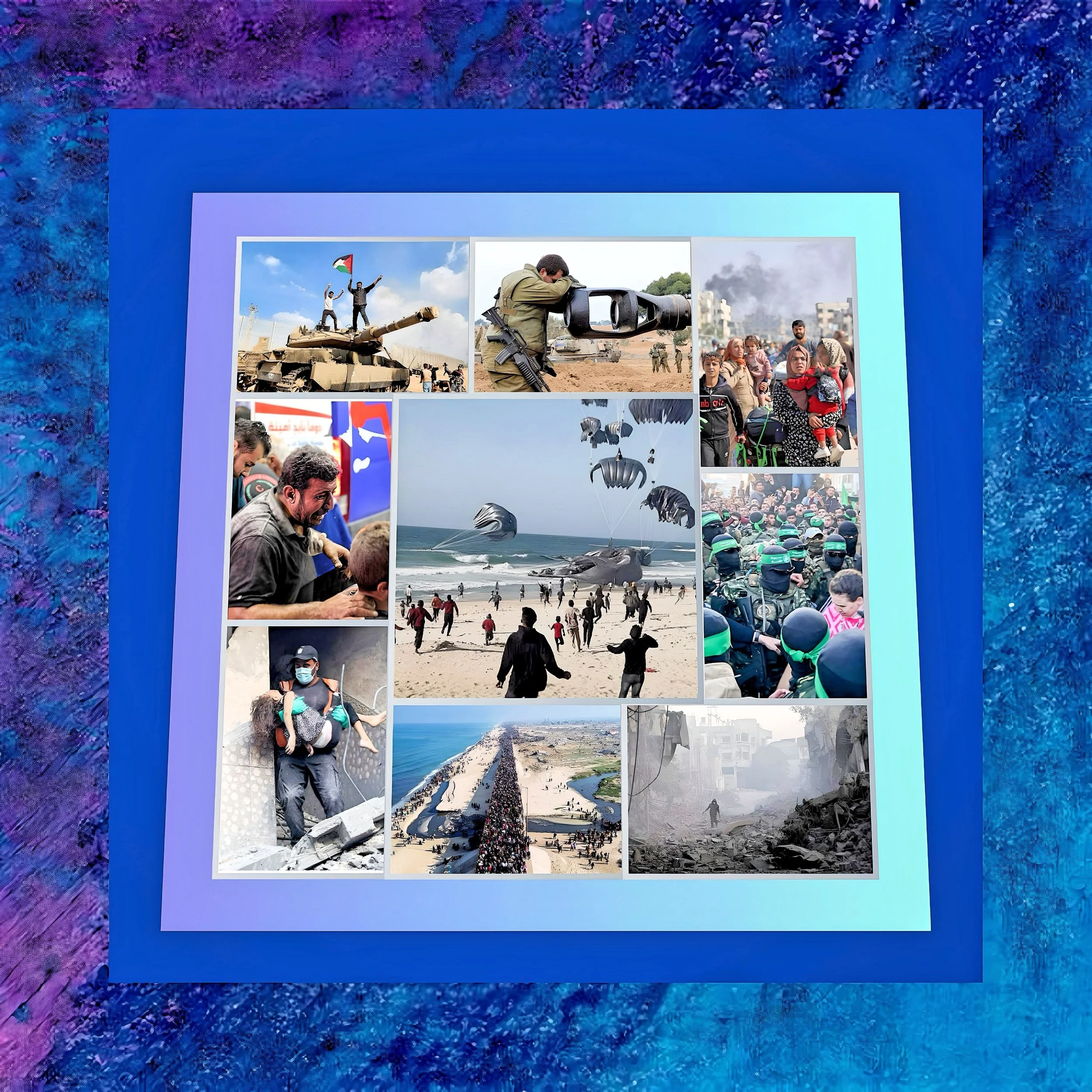Trump’s AI-Generated “Gaza Rivera” Video Sparks Global Condemnation: A Strategic Misstep in Geopolitical Messaging
Introduction
In late February 2025, former U.S. President Donald Trump ignited international outrage by sharing an AI-generated video on Truth Social and Instagram depicting a dystopian vision of the Gaza Strip transformed into a luxury resort dubbed the “Riviera of the Middle East.”
The 33-second clip, set to an upbeat soundtrack, juxtaposed Gaza’s current war-torn reality with fantastical imagery of skyscrapers, golden Trump statues, and scenes of opulence, including cameos by Elon Musk and Israeli Prime Minister Benjamin Netanyahu.
The video, widely criticized as insensitive and propagandistic, underscores Trump’s controversial approach to foreign policy—one that prioritizes spectacle over diplomacy and economic exploitation over humanitarian considerations.
This incident has drawn condemnation from global leaders, human rights organizations, and even segments of Trump’s supporter base, raising critical questions about the ethical use of AI in geopolitical narratives and the long-term consequences of unilateral policymaking.
The Content and Context of the Video
A Utopian Fantasy Amidst Humanitarian Crisis
The AI-generated video opens with a grim depiction of Gaza’s present state: rubble-strewn streets, displaced families, and the text “Gaza 2025” superimposed over the devastation.
It then transitions to a surreal montage of luxury high-rises, yachts docked along a pristine coastline, and children catching dollar bills raining from the sky.
Among the most jarring elements are a towering golden statue of Trump, shirtless scenes of Netanyahu and Trump lounging by a pool, and bearded belly dancers performing on the beach.
The soundtrack’s lyrics—“No more tunnels, no more fear, Trump Gaza is finally here”—frame the vision as a liberation narrative, erasing Gaza’s complex history of occupation and blockade.
Strategic Alignment with Trump’s Policy Agenda
The video aligns with Trump’s repeated calls for the U.S. to “take over” Gaza, a proposal he first floated in early February 2025.
During a press conference with Netanyahu, Trump argued that Gaza’s reconstruction required displacing its 2.1 million residents and transforming the territory into a U.S.-controlled resort.
“We’ll own it and be responsible for dismantling all of the dangerous unexploded bombs… Level the site and get rid of the destroyed buildings,” he stated.
White House spokeswoman Anna Kelly later defended the plan as a “visionary” effort to create “new, beautiful communities” for Palestinians, though she provided no details on resettlement logistics.
Global Reactions: Diplomacy Collides with Disbelief
International Condemnation and Legal Challenges
The video drew swift rebukes from global institutions and foreign leaders:
United Nations: Francesca Albanese, UN Special Rapporteur for Palestinian human rights, condemned the video as “psychologically overwhelming” and designed to normalize “ethnic cleansing” under the guise of development.
Arab States: Egypt, Jordan, and Saudi Arabia rejected the proposal, reiterating support for a two-state solution. Brazilian President Luiz Inácio Lula da Silva questioned, “Where will Palestinians go? Where will they live?”.
Human Rights Groups: Amnesty International Secretary-General Agnes Callamard called the video “beyond indecency,” while Palestinian activist Sarah Wilkinson labeled it “evil personified… a real estate ad for ethnic cleansing”.
Legal experts emphasized that forcibly displacing Gaza’s population violates the Fourth Geneva Convention, which prohibits mass transfers of occupied territories’ residents.
Despite this, Trump’s administration has framed the plan as a pragmatic solution to Gaza’s “uninhabitable” conditions, leveraging the territory’s strategic location for economic gain.
Palestinian Resistance and Domestic Backlash
Within Gaza, residents who viewed the video through limited internet access expressed defiance. Mohamed Abdelrahman, a 20-year-old Gazan, told NPR, “A few statues and money won’t lure us.
Leave us alone and let us rebuild our homes by ourselves”. Hamas spokesperson Basem Naim dismissed the proposal as incompatible with Palestinian aspirations: “We are not struggling to improve prison conditions, but to get rid of the prison and the jailer.”
Even Trump’s supporters on Truth Social criticized the video’s tone.
One user wrote, “The statue is a symbol of the antichrist… humble yourself to God,” reflecting discomfort with the video’s messianic imagery.
Ethical and Strategic Implications
AI as a Tool of Geopolitical Propaganda
The video’s AI-generated nature raises alarms about the weaponization of technology to manipulate public perception.
Alessandro Accorsi, a conflict analyst at the International Crisis Group, noted the clip promotes a “unilateral and unidimensional” narrative that erases decades of Israeli-Palestinian history.
By portraying Gaza as a blank slate for U.S.-led development, the video tacitly endorses displacement while avoiding substantive policy discourse.
Jean Burgess, a digital media professor, warned that such content allows “deadly serious messages of intent to hide behind… silly junk,” normalizing extreme proposals through irony and spectacle.
Undermining U.S. Credibility in the Middle East
Trump’s “Riviera” vision has strained relations with Arab allies invested in Palestinian statehood. Egypt, which mediates ceasefire talks, now faces pressure to reject U.S. proposals at an upcoming Arab League summit.
Meanwhile, Netanyahu’s tentative endorsement of the plan—arguing displaced Gazans could return if they “disavow terrorism”—has further polarized Israeli politics, with critics accusing him of enabling ethnic cleansing.
The video also complicates U.S. efforts to present itself as an impartial regional broker.
By framing Gaza’s future through a transactional lens, Trump’s approach risks alienating Muslim and Arab-American voters, a demographic already critical of his policies.
Faye Nemer, a Trump voter and CEO of the MENA American Chamber of Commerce, called the video “offensive and counterproductive to peace talks.”
Broader Context: Trump’s Resource-Driven Foreign Policy
Linking Gaza to Critical Mineral Ambitions
The Gaza proposal mirrors Trump’s broader focus on securing strategic resources, as seen in his pursuits in Greenland (rare earth elements), Canada (lithium), and Ukraine (titanium).
By framing territorial control as an economic opportunity, Trump seeks to redirect global supply chains away from China while bolstering U.S. industries.
However, the Gaza video reveals the moral costs of this strategy: prioritizing resource extraction over human rights and international law.
Project 2025 and the Erosion of Diplomatic Norms
The video aligns with the Project 2025 blueprint, a conservative policy agenda advocating “energy dominance” and unilateral executive action.
While initially distanced from Trump’s 2024 campaign, the plan now informs his second-term agenda, emphasizing deregulation and confrontational diplomacy. Critics argue that such policies risk destabilizing alliances and emboldening authoritarian regimes.
Conclusion: Spectacle Over Substance in a Fractured World Order
Trump’s AI-generated Gaza video epitomizes the convergence of technology, propaganda, and resource nationalism in modern geopolitics.
While framed as a visionary development plan, the proposal exposes a reckless disregard for Palestinian sovereignty, international law, and the ethical use of emerging technologies.
The global backlash underscores deepening divisions between the U.S. and its allies and the growing influence of AI in shaping public discourse.
Conclusion
As the race for critical minerals and strategic territories intensifies, the Gaza incident serves as a cautionary tale: transactional diplomacy risks eroding democratic norms and perpetuating cycles of conflict.
For Gaza’s residents, the video’s utopian facade offers no solace—only a reminder that their futures remain subject to the whims of distant power brokers. The need for ethical leadership and multilateral cooperation has never been more urgent in this volatile landscape.






